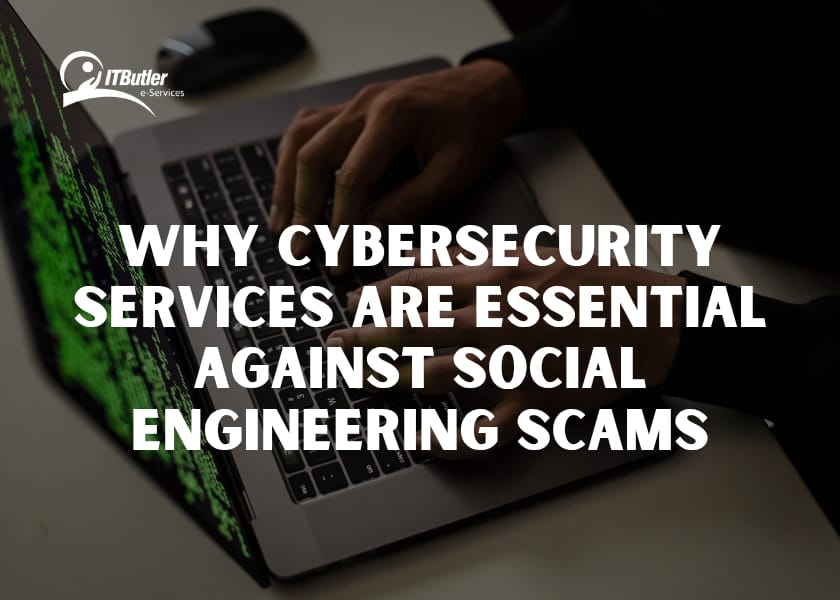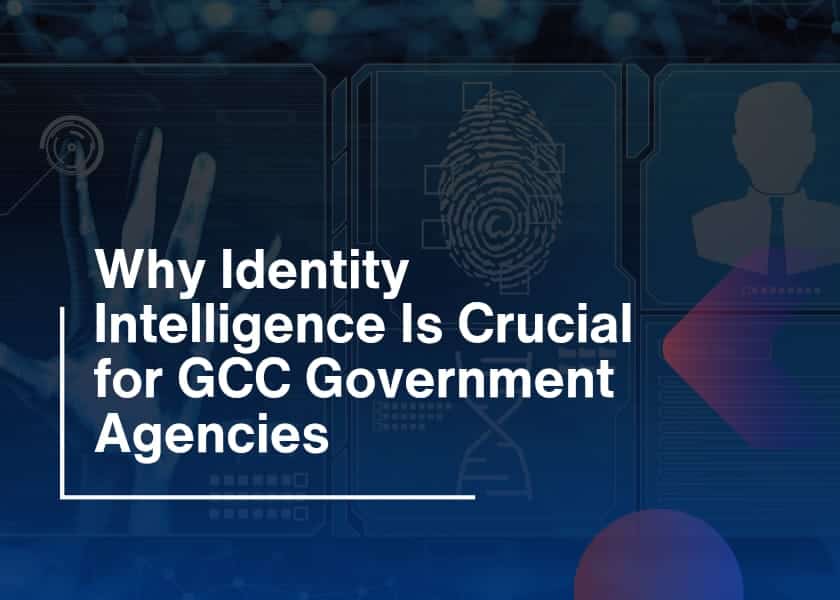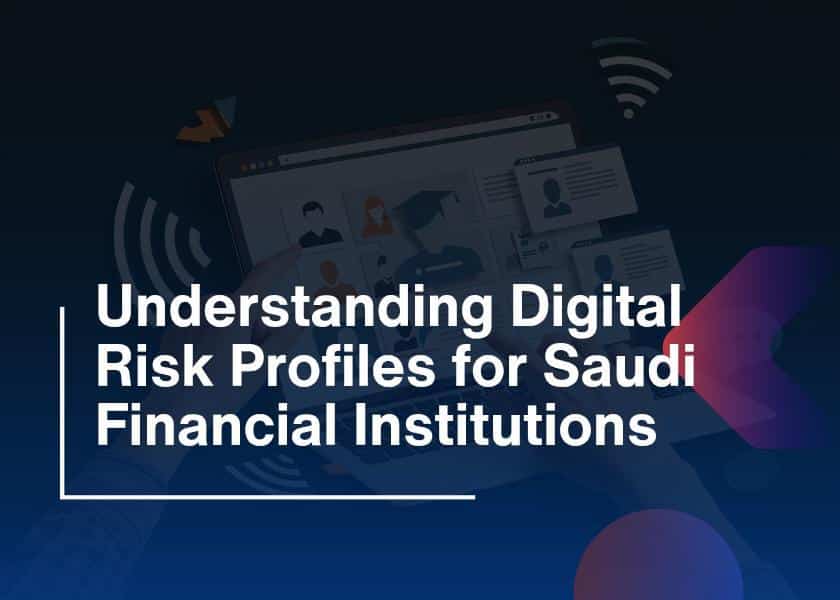Cybercriminals no longer solely focus on breaking into systems; they now target the most vulnerable link in the chain-humans. Social engineering scams that rely on tricking employees into revealing sensitive information have recently increased significantly. One such scam in the market, involving a fake request for Apple gift cards, sheds light on the importance of cybersecurity in safeguarding both employees and organizations.
Therefore, This blog will explain why social engineering scams are common, how employees are manipulated, and why businesses should seek cybersecurity services.
Rise of Social Engineering Scams
Hackers fully understand that it is much easier for them to gain unauthorized access to a business through its workers. Therefore, they convince and breach the organization’s IT security measures. However, Social engineering attacks involve manipulating employee’s behavior thereby having them unknowingly assist the attackers. These scams are all common in many forms such as:
- Phishing Emails
- Phone calls
- Text messages
Real Life Example
However, the following is a recent example describing the vulnerability of the employees. They stated about the case, in which a scammer, who took the identity of a senior colleague, addressed to an employee with the request to assist him immediately.
According to the case, the employee was given a request to make purchases of Apple gift cards for what was said to be a presentation. Although the request made the employee wonder why it was being made. But the attitude of the scammer made the worker agree. Praise fully, no money loss arose from this scam but it again serves as a reminder that one should always be careful with Cyber security.
How Social Engineering Scams Works
Social engineering scams are aimed directly at weaknesses in people. As these scams often involve:
1. Phishing Emails
Phishers launch fake e-mail messages that seem to come from familiar contacts. Such emails could contain a link to a virus or phishing attempt or an attachment for personal details.
For example: A scammer requests the employee to download an attached Excel file to know their status and reply as soon as possible to avert the next steps.
At first glance, the email might seem quite realistic, with proper language, structure, and the overall presence of HR-related words. However, upon closer inspection, it is a classic phishing attempt with several red flags.
2. Impersonation Scams
Some scammers mimic a member of the organization such as the employer, the HR, or the IT department. However, these scammers rely on their fake identities to deceive employees into performing more damaging actions. It includes transferring funds and revealing passwords and login information.
3. Malicious Attachments
Many emails that contain the confirmation, receipt, or follow-up to an invoice are malware. This means that once such files are downloaded they pose a danger to the whole network.
4. Text Message Scams
However, they also send messages that aim at convincing the employees to click on some links or else to disclose some critical information.
Why Cybersecurity Services Are Essential
Organizations require a strong cybersecurity structure to protect against social engineering scams. Moreover, they have to make sure that the threat is recognized and can be dealt with efficiently. Here’s why cybersecurity services are critical:
1. Threat Detection
Advanced cybersecurity tools, like Darktrace NDR, can detect unusual activities within the network. For instance, if a scammer compromising the account of an employee downloads some information that is restricted. Then such tools can prevent the action and alert the company.
2. Anti-Phishing Emails
Cybersecurity services prevent these scams from ever getting through to employees in the form of phishing emails. As these systems employ content inspection to look for patterns including possibly malicious links.
3. Ensuring Confidentially of Channels
It is possible to reduce the risk of impersonation scams by using secure communication tools including secure and encrypted messaging as well as using secure and verified email addresses.
4. Employee Training Programs
Most of the providers of cybersecurity services have training sessions to help their employees identify threats and how to deal with them.
For example, employees learn to:
- to check the requests received through the official channel.
- not to open emails from unknown people or download email attachments you are not certain about.
- If you suspect or receive any phishing attempt, report it.
5. Automated Incident Response
With automated reactions, cybersecurity tools can separate compromised systems and limit the possible harm.

How to Spot the Signs of a Social Engineering Scam
However, it’s also important for employees to keep their guard up and look for signs in such communications. So here are some tips to spot a potential scam:
- Urgency in Requests: Fraudlants always tend to make people act fast which hardly gives enough time for validation.
- Generic Greetings: Any email or message beginning with ‘Dear Employee’ or ‘Hi User’ or what have you, can easily be considered a scam.
- Unusual Requests: Any call for gift cards, odd wire transfer, or disclosing of information, should set alarm bells ringing.
- Suspicious Links or Attachments: Please do not click on the links. Instead, do not open attachments if they were sent by somebody you do not personally know.
- Email Spoofing: Check the sender’s email address carefully. Scammers often use addresses similar to official ones but with slight variations.
Ways of Stopping Scams Within Your Company
Here are actionable steps organizations can take to safeguard their employees and systems:
- Employee Awareness Training: It is necessary to organize workshops and simulations to explain to the workers what goals and methods social engineers are using.
- Implement Multi-Factor Authentication (MFA): Moreover, force people to use at least two-factor authentication to access the organizational systems. This in my opinion creates an added layer of security.
- Restrict Access to Sensitive Information: Restrict that information flow that is not significant to the employee’s job position.
- Monitor Communication Channels: The emergence of communicational and relational cybersecurity should also be used to screen emails, messaging applications, and other social platforms for malicious acts.
- Encourage Reporting: Reward any employee who reports any suspicious signs without having to face any shower of discouragement.
Cost of Ignoring Cybersecurity
Failing to prioritize cybersecurity can lead to severe consequences, including:
- Financial Losses: Costs associated with fraudulent transactions and scams can have much impact on company losses.
- Reputation Damage: If a company experiences a breach, then customers, or business partners, will start to lose confidence in the business.
- Legal Consequences: Businesses can get a penalty which includes fines and even lawsuits for neglecting the safety of customers or employees’ information.
Conclusion
Thus social engineering scams are not a thing of the future. Instead, they are a very dangerous form of attack that no organization can afford to experience presently. This blog focuses on how organizations can invest in cybersecurity services to safeguard employees, properties, and company image.
Technologies such as Darktrace NDR combined with other measures guarantee that firms are never caught off guard by attackers.





